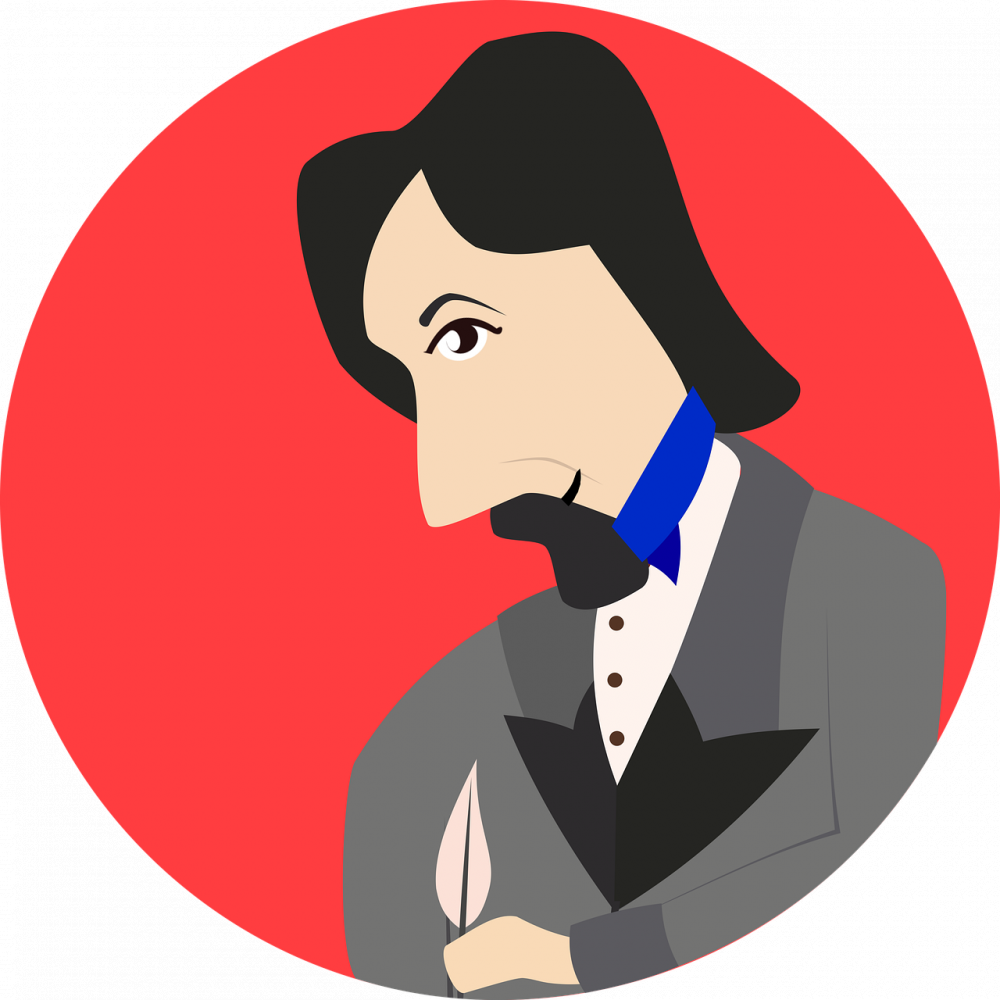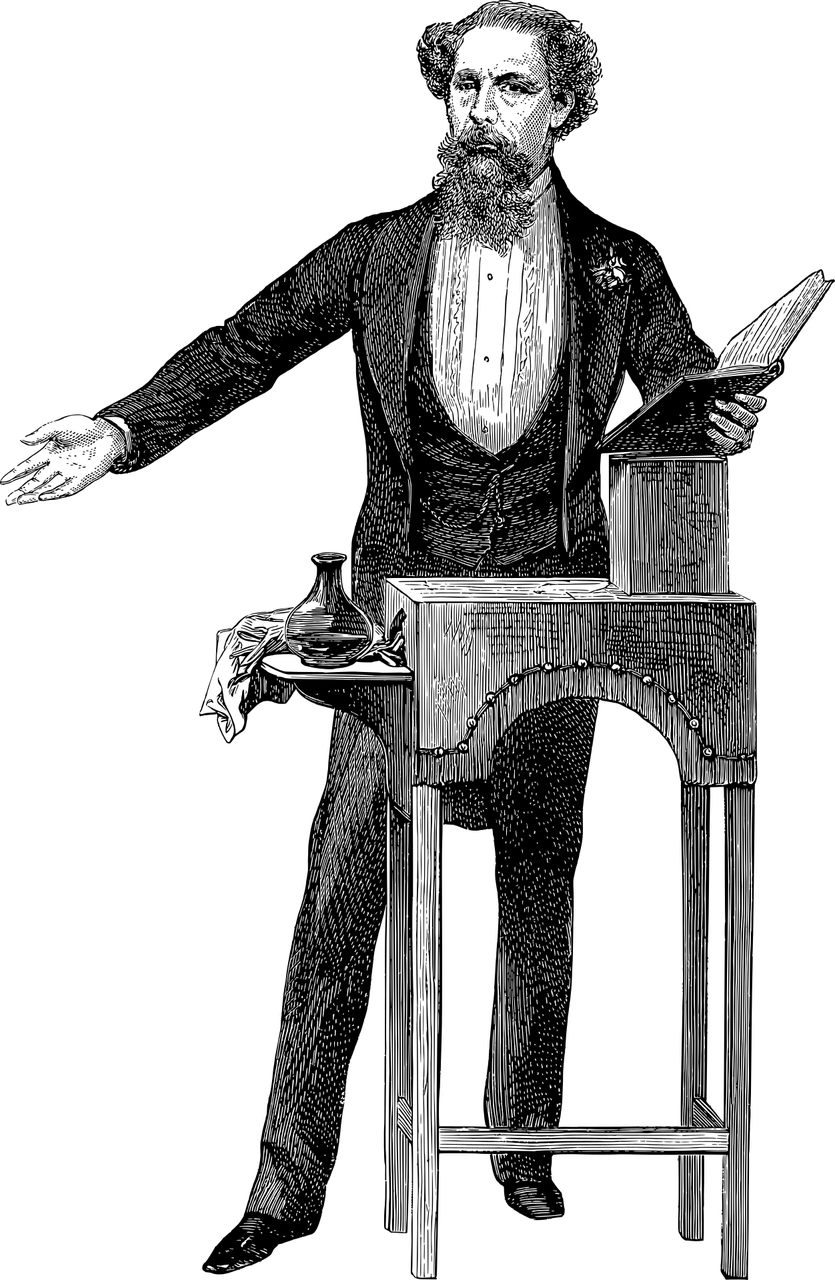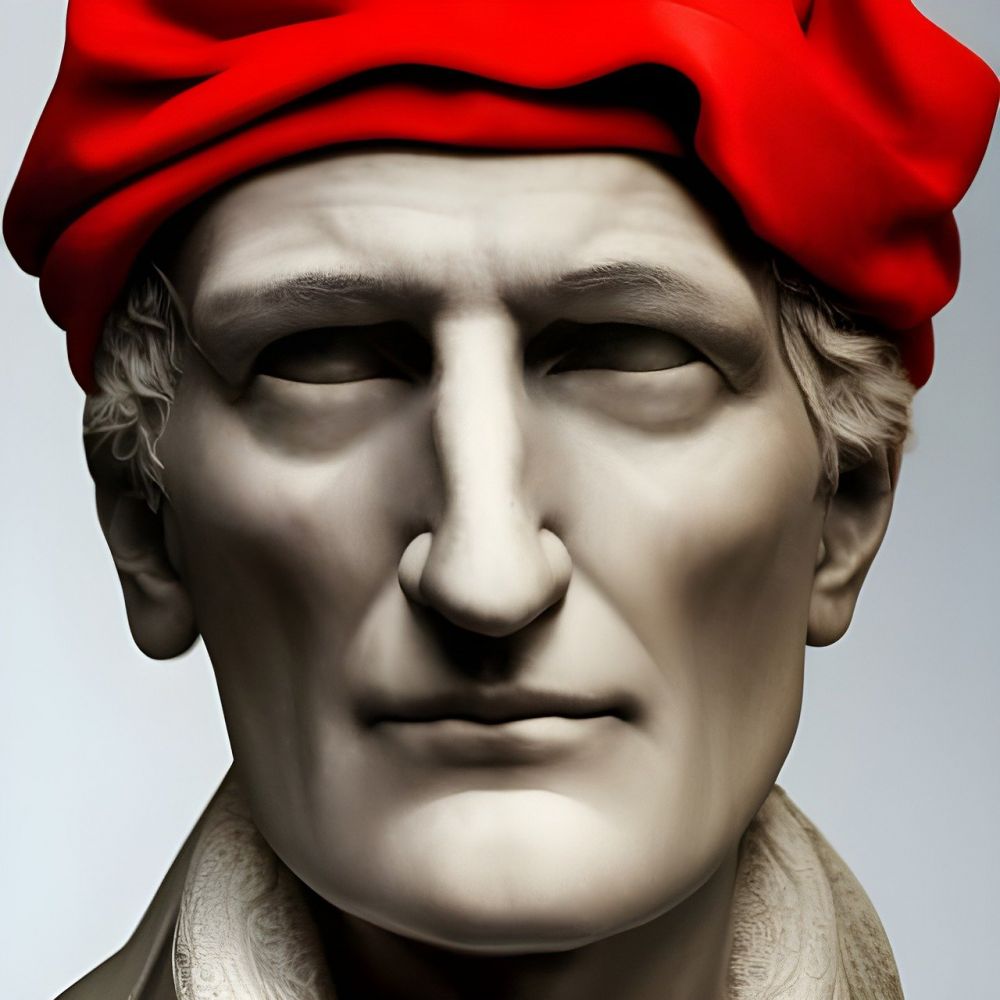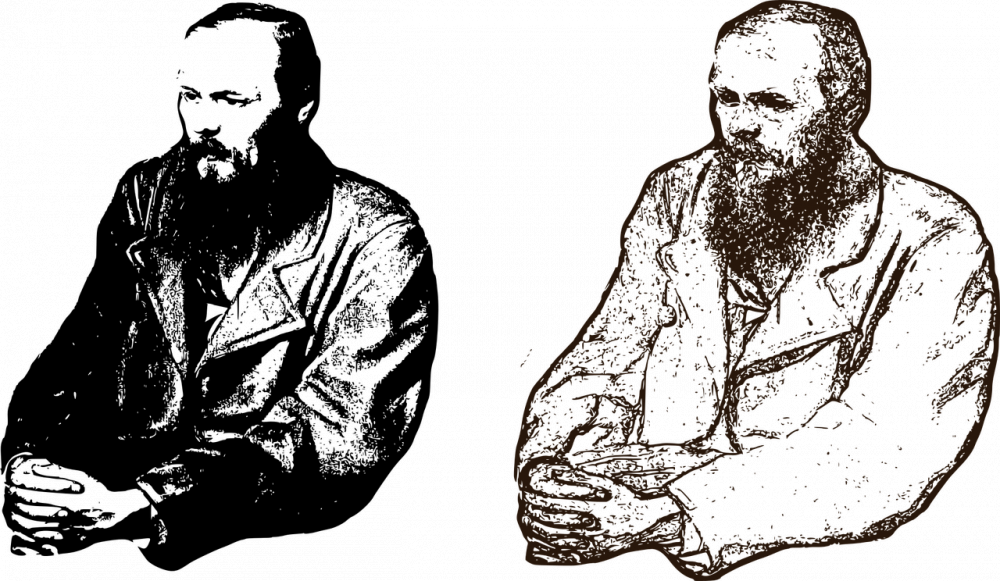H

C. Andersen’s Deat A istorical Exploration
Introduction:

Hans Christian Andersen, the renowned Danish author and poet, holds a special place in the hearts of literature enthusiasts, art lovers, and collectors around the world. His fairy tales and stories have captivated audiences for generations, leaving an enduring legacy. However, one question that often arises in discussions surrounding Andersen’s life is: “When did H.C. Andersen die?” In this article, we will delve into the intricacies of his death, shedding light on its historical significance and exploring its evolution over time.
Understanding the Importance:
Before diving into the historical aspects, it is essential to grasp why understanding the timing of H.C. Andersen’s death holds relevance for individuals with a general interest in this subject. Andersen’s expiration marks the end of an eraa period in which his creative genius flourished. By comprehending the timeline and circumstances surrounding his death, one gains a deeper understanding of the impact he had on literature, art, and society as a whole.
Historical Recap:
H.C. Andersen took his last breath on August 4, 1875, in Copenhagen, Denmark. This crucial event represents the culmination of a life dedicated to storytelling and artistic expression. Born on April 2, 1805, in Odense, Denmark, Andersen’s humble beginnings did not foreshadow the extraordinary literary contributions he would make. His poignant and imaginative tales, such as “The Little Mermaid,” “The Ugly Duckling,” and “The Emperor’s New Clothes,” solidified his position as a significant figure in world literature.
As time progressed, Andersen’s genius was recognized not only in Denmark but also internationally. His works were translated into numerous languages, allowing people from different cultures to immerse themselves in his enchanting narratives. However, with the passing of Andersen, a void was left in the literary world, and tributes poured in from renowned authors, poets, and admirers worldwide.
The Evolution of Andersen’s Impact:
In the years following Andersen’s death, his legacy continued to grow and gain recognition. His stories transcended the written word and became the inspiration for various adaptations, including theatrical plays, operas, and ballets. Each interpretation contributed to keeping his memory alive, allowing new generations to experience the magic of his enchanting tales.
Moreover, the death of H.C. Andersen marked the beginning of a deep appreciation for his literary contributions, leading to increased interest from collectors and art enthusiasts. His original manuscripts, letters, and personal belongings started gaining immense value, both from a historical and a sentimental perspective. This growing interest in Andersen’s artifacts gave rise to a vibrant market for his memorabilia, attracting collectors eager to preserve his legacy.
The Influence of H.C. Andersen Today:
Even in the digital age, H.C. Andersen’s impact on literature and art continues to reverberate. His fairy tales remain relevant, serving as a foundation for countless adaptations in books, movies, and other forms of media. The values and morals conveyed in his stories resonate with audiences of all ages, making Andersen a timeless figure.
In conclusion, the death of H.C. Andersen on August 4, 1875, marked the end of an era, but it also served as a catalyst for the celebration and preservation of his artistic contributions. From his humble beginnings in Odense to his international acclaim, Andersen’s legacy only grew after his passing. Today, his impact is felt not only in the realms of literature and art but also in the hearts of those who find solace, inspiration, and joy in his captivating tales.
By unraveling the historical context surrounding H.C. Andersen’s death, we gain a deeper appreciation for the man behind the stories and the cultural significance of his existence. As we continue to unearth the nuances of his life, let us cherish the enduring legacy of this remarkable storyteller and cherish the timeless magic he shared with the world.





